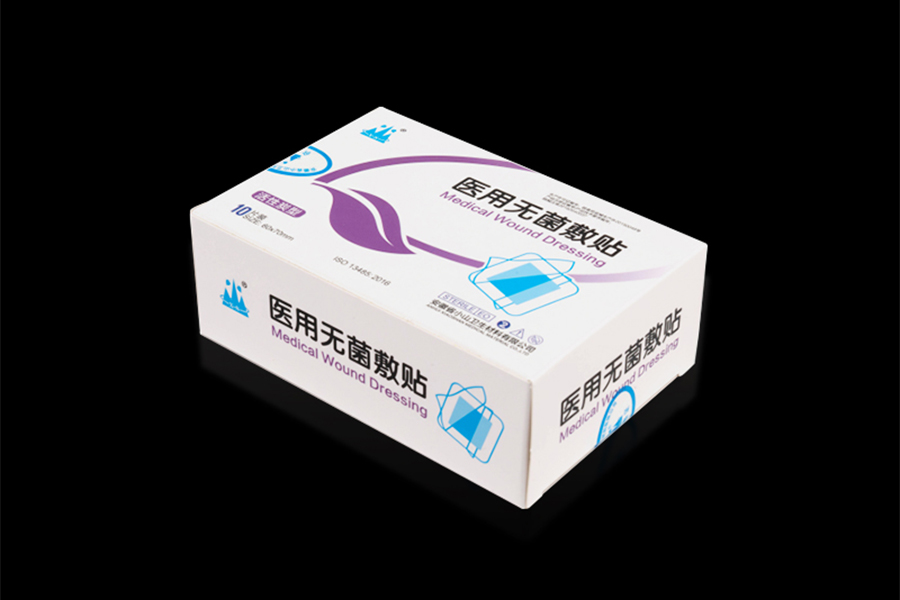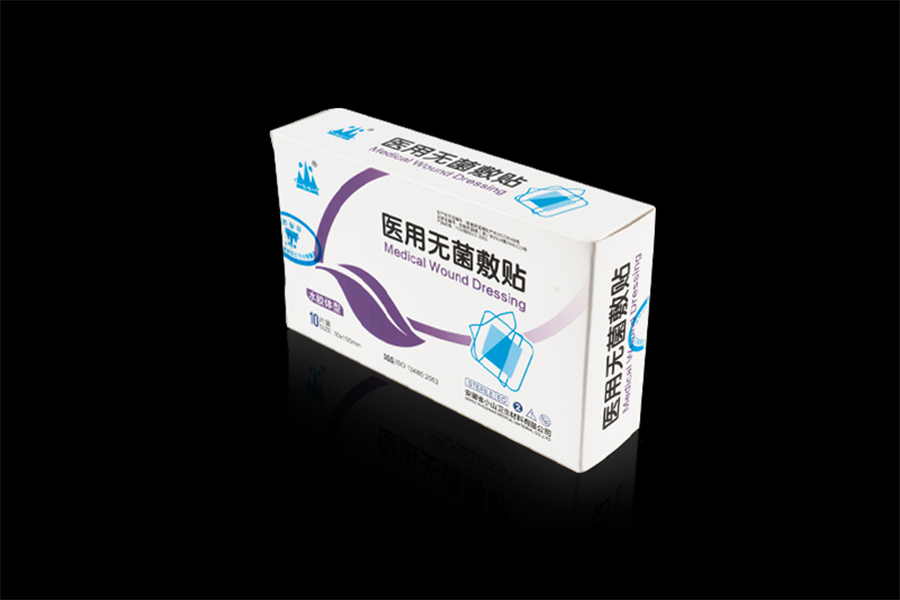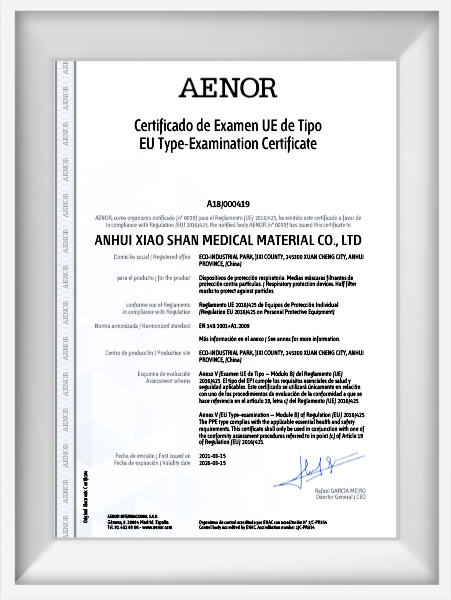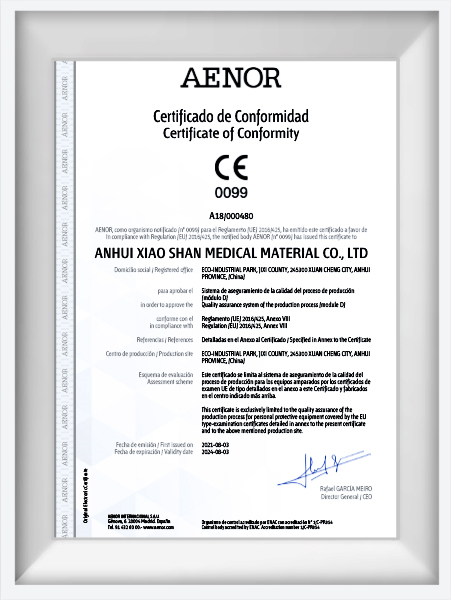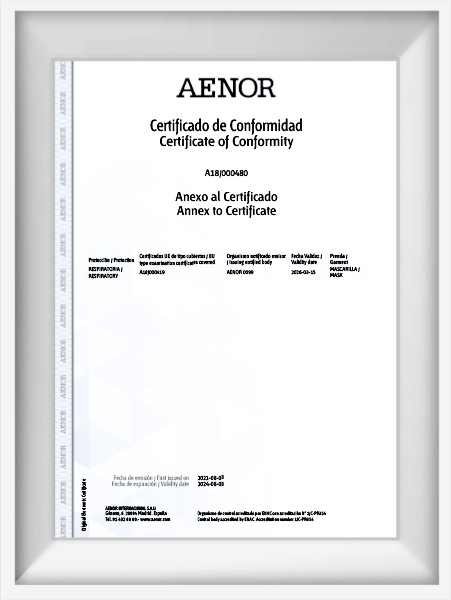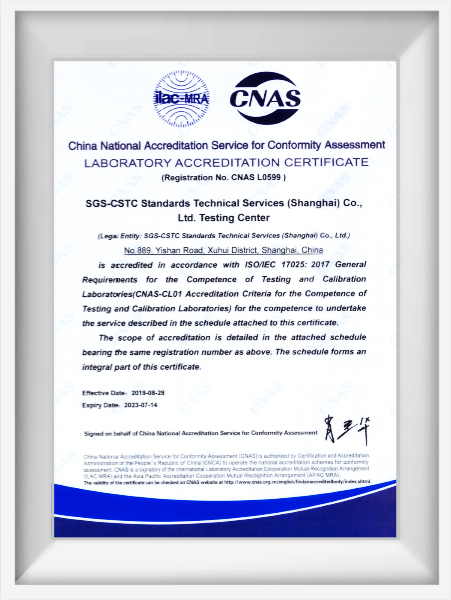Wound Dressing Series
Band-aid Plaster
Band-aids reduce the risk of infection by preventing bacteria, dirt and other external contaminants from entering the wound. Some band-aids have some hemostatic properties that help control minor bleeding. Band-aids are usually breathable, which helps keep the skin around the wound ventilated and reduces the patient's discomfort. Band-aids come in a variety of sizes and shapes for different areas and types of wounds. Band-Aids are an easy and common first aid dressing for dealing with minor wounds in everyday life.
Get A Quote
Related Products
FAQ
Q. Are you a direct manufacturer or a trading company?
We are a manufacturer and have our own export team. We produce and sell products by ourselves. Custom Band-aid Plaster factory.Q. What products can you provide?
At present, the company has eight series of products, including medical dressings, baby care, medical tape, medical anti-fog and splash masks, medical polymer materials, medical raw materials, bags, and hygiene disinfection, with over 100 varieties. Wholesale Medical Band-aid Plaster Suppliers in China.Q. How long will you receive a response after the inquiry?
On weekdays, we will reply to you within 24 hours after receiving the inquiry.
Certificate Of Honor
News
Product Industry knowledge
How is the release rate of pharmaceutical ingredients in medical band-aid plasters controlled?
The release rate of drug components in medical band-aid plaster is typically controlled through various designs and technologies. Firstly, the selection of drug components plays a crucial role in determining the release rate. Some drugs have specific dissolution and permeation properties that can affect their dissolution and permeation rates in the plaster matrix, thereby influencing the drug release rate.
Secondly, the matrix of the band-aid plaster is also designed to have certain controlled-release properties. This may include selecting appropriate carrier materials or adding controlled-release agents to adjust the diffusion and release rates of drugs in the matrix. For example, polymer matrices can be used to control the release rate of drugs by utilizing the permeability and solubility of the materials to achieve slow drug release.
Additionally, the structural design of the band-aid plaster can also affect the drug release rate. For instance, drug components may be encapsulated in microcapsules or microspheres, which have specific permeability to control the drug release rate. Moreover, band-aid plasters may be designed with multiple layers, each containing drug components with different release rates to achieve more complex therapeutic effects.
External conditions such as temperature, humidity, and pH can also affect the release rate of drug components. For example, higher temperatures can accelerate drug diffusion and dissolution rates, thereby speeding up drug release. Therefore, it is important to maintain appropriate temperature and humidity conditions during the use of band-aid plasters to ensure stable drug component release.
The release rate of drug components in medical band-aid plaster is controlled through various factors such as drug selection, matrix design, and structural design, to achieve slow and sustained drug release for therapeutic effects.

 English
English 中文简体
中文简体

